Slava Ukraini! In early 2022 I began a Telegram channel aggregating news from a number of sources daily on the war in Ukraine. In June 2023 I began providing a daily draft for the Ukraine War Brief Podcast collecting news from over 70 sources daily, which formed the basis of the script. While the Podcast no longer exists I have continued to make this Brief available for my followers here on Substack for those who wish to keep up with the news from the war.
If you find the Brief informative I would appreciate it if you shared it with others.
All the latest news on the Russo-Ukraine War 6 days per week
ALONG THE CONTACT LINE
GSAFU Morning Report
For: May 16, 2025
The General Staff of the Armed Forces of Ukraine in its Operational Information update at 08:00 on May 16 stated that day 1178 of the full-scale invasion of the Russian Federation against Ukraine had begun.
The situation on the line of combat remains tense in some sectors. Ukrainian defenders continue to actively counteract the Russian aggressor, causing them significant losses in personnel, equipment and technology. Exhausting the enemy along the entire front line and continuing to disrupt the plans of Russian occupiers to advance deeper into the territory of Ukraine.
During the past day, 165 combat engagements took place.
Over the past 24 hours, the enemy carried out 60 air strikes, used 2,900 attack drones and fired approximately 5,400 artillery shells across the positions of Ukrainian forces and civilians.
Air Force Daily Report
73 ENEMY UAVS SHOT DOWN, 36 SIMULATOR UAVS FAILED TO REACH THEIR TARGETS (LOCATIONALLY LOST)
➖➖➖➖➖➖➖➖➖
On the night of May 16 (from 00:00 on May 16), the enemy attacked with 112 Shahed attack UAVs and simulator drones of various types from the directions: Bryansk, Kursk, Orel, Millerovo, Primorsko-Akhtarsk - Russia.
The air attack was repelled by aviation, anti-aircraft missile troops, electronic warfare units, and mobile fire groups of the Defense Forces of Ukraine.
As of 09:00, it has been confirmed that 73 Shahed attack UAVs (and other types of drones) have been shot down in the east, north, south, and center of the country.
36 enemy drones-simulators - lost in location (without negative consequences).
As a result of the enemy attack, the Odessa, Zhytomyr, Chernihiv, Mykolaiv, and Kyiv regions suffered.
Ukrainian F-16 Lost During Combat Mission, Pilot Ejects.
A Ukrainian F-16 fighter jet crashed while repelling an enemy air attack. The pilot successfully ejected, the Air Force Command of the Armed Forces of Ukraine reported on May 16.
Contact with the aircraft was lost on May 16 around 3:30 a.m. According to preliminary data, the pilot destroyed three aerial targets and was engaging a fourth using the aircraft’s cannon.
“However, an emergency situation occurred on board. The pilot steered the aircraft away from a populated area and successfully ejected,” the Air Force of the Armed Forces of Ukraine reported.
It is noted that thanks to the prompt actions of the search and rescue team, the pilot had been quickly located and evacuated.
The pilot is currently in stable condition and safe, with no threat to his life or health.
A special commission has been appointed to thoroughly investigate the incident, and it has already begun its work.
This is the third loss of an F-16 fighter jet, which only recently entered service with the Ukrainian Air Force. Fortunately, this time the pilot survived.
The previous tragedy occurred on April 12, claiming the life of 26-year-old pilot Pavlo Ivanov, who was carrying out a combat mission.
In August of last year, another F-16 fighter jet crashed, also while repelling one of Russia’s air attacks. On that occasion, pilot Oleksii Mes, callsign Moonfish, was killed. He was 30 years old.
The transfer of Western F-16 fighter jets to Ukraine was a lengthy process. On August 4, 2024, President Volodymyr Zelenskyy confirmed that the first jets had already been in the possession of the Ukrainian Air Force and showcased them at an airfield.
These fighter jets are primarily used to shoot down aerial targets during Russian attacks.
Combat Operations in the Russian Federation
The Institute for the Study of War (ISW), a US based think tank, in its 15 Russian Offensive Campaign Assessment reported that:
Sumy - Kursk Border: Fighting continued in Kursk Oblast on May 14 and 15.
Russian milbloggers claimed that fighting continues in Tetkino and near Novyi Put (both southwest of Glushkovo).
Belgorod Incursion: Russian forces continued limited attacks in northwestern Belgorod Oblast but did not make confirmed advances.
The Khortytsia operational-strategic group
(Responsible for the northeastern part of Ukraine. )
Lyman Sector: Russian forces recently advanced in the Lyman direction.
Geolocated footage published on May 15 indicates that Russian forces recently advanced in central Torske (east of Lyman)
Toretsk Sector: Ukrainian forces recently advanced near Toretsk.
Geolocated footage published on May 15 indicates that Ukrainian forces recently advanced north of Toretsk.
The Tavria operational-strategic group
(Responsible for the central-eastern and southeastern part of Ukraine.)
Novopavlivka Sector: Russian forces recently advanced in the Novopavlivka direction.
Geolocated footage published on May 15 shows that Russian forces conducted a roughly platoon-sized mechanized assault, indicating that Russian forces recently advanced south of Novoserhiivka (northeast of Novopavlivka).
Velyka Novosilka Sector: Russian forces recently advanced in the Velyka Novosilka direction.
Geolocated footage published on May 15 indicates that Russian forces recently seized Vilne Pole (west of Velyka Novosilka).
The Odesa operational-strategic group
(Responsible for Kherson, Qırım, (also known as Crimea) and the Black Sea.)
There have been no major changes to the combat environment since our last report.
TEMPORARILY OCCUPIED TERRITORIES
Nothing major to report.
THE HOME FRONT
Russian attacks kill 3, injure 15 in Ukraine over past day.
Russian attacks across Ukrainian regions killed at least three civilians and injured 15 over the past day, the Kyiv Independent reported citing regional authorities on May 16.
The attacks took place as Russian and Ukrainian delegates met in Istanbul in what would be the first direct negotiations between the two parties since 2022.
In Donetsk Oblast, Russian attacks killed one person in Oleksandro-Kalynove and injured six elsewhere in the region, Governor Vadym Filashkin said.
In Kharkiv Oblast, Russian forces attacked four settlements over the past day, injuring an 88-year-old woman in the village of Malyi Burluk, Governor Oleh Syniehubov said.
Later in the morning, Syniehubov reported that a 55-year-old woman was killed and four men were injured during a drone attack on Kupiansk at around 8 a.m.
One civilian was killed and another injured during Russian attacks against Kherson Oblast, said the regional governor, Oleksandr Prokudin. Three high-rise buildings and seven houses were damaged.
A drone attack against Odesa and Bilhorod-Dnistrovskyi in Odesa Oblast injured three people, one of whom is in a critical condition, Governor Oleh Kiper reported. Multiple fires broke out but were promptly extinguished, and residential buildings and cars were damaged, Kiper said.
Russian drones attacked Kyiv overnight, with explosions and air defense fire reported by city officials. Fallen debris damaged a boiler room, windows, and cars in the Sviatoshynskyi district, but no casualties were reported as of the time of publication.
Ukraine and its partners have repeatedly urged Moscow to adopt an unconditional 30-day ceasefire as the first step toward peace, a move that Russia continues to reject.
RUSSIAN WORLD
Putin Sacks Chief of Military's Land Forces
President Vladimir Putin on Thursday sacked Russia's chief of land forces, General Oleg Salyukov, the Kremlin said, in the latest removal of a high-profile military establishment figure amid the war in Ukraine, the Moscow Times reports.
Salyukov, 70, will become a deputy to ex-Defense Minister Sergei Shoigu, who was removed last year and made Secretary of the Security Council. The move was announced in a Kremlin decree.
Less than a week ago, Salyukov was running the grand Victory Day military parade in Red Square with current Defense Minister Andrei Belousov, marking the 80th anniversary of victory over Nazi Germany.
Russian law enforcement has charged more than a dozen military and defense sector officials since last year, many of whom were accused of siphoning money from major projects for personal gain.
Shoigu, a longtime Putin ally, was downgraded last year after holding various top positions since the early 1990s.
The Kremlin has denied that the arrests and sackings in Russia's top brass were a purge of the military establishment following setbacks in Ukraine.
Salyukov had been in charge of Russia's land forces since 2014, overseeing involvement in the Syrian civil war and the war in Ukraine. He was a deputy head of the General Staff for four years before that.
Russia, which reportedly planned to take Ukraine, a country with a much smaller military, in three days, has been stuck in a bloody and grinding three-year conflict that has left thousands dead.
Ukraine and Russia are to hold their first direct peace talks in more than three years in Istanbul on Thursday or Friday.
Putin appoints general who led Mariupol assault as new Russian Ground Forces Commander.
Russian President Vladimir Putin has appointed Colonel General Andrey Mordvichev, who led the assault on Mariupol in 2022, as the Commander of the Russian Ground Forces, the Kyiv Independent reported citing Russian state-controlled media reported on May 15.
The appointment comes amid media reports claiming that Russia is preparing a major new offensive in Ukraine despite ongoing peace efforts led by the U.S.
Mordvichev was a commander of the 8th Guards Combined Arms Army of Russia’s Southern Military District, which was heavily involved in the devastating 2022 siege of Mariupol which killed tens of thousands of Ukrainian civilians, according to Kyiv.
The Security Service of Ukraine (SBU) in September 2022 said that while stationed in Mariupol, Mordvichev reportedly met with Chechen leader Ramzan Kadyrov to approve plans for the final assault on the city, including the encirclement and storming of Azovstal, where Ukrainian troops and civilians were sheltering.
Under Mordvichev’s command, Russian troops carried out the destruction of civilian infrastructure and committed atrocities against both civilians and the Ukrainian military, the SBU said.
It also found that Mordvichev has been directly involved in other areas of Russia’s full-scale invasion, including the coordination of Russian forces in the Donetsk Oblast.
It was also reported that Putin personally praised him and awarded him the title of Hero of Russia for the capture of Avdiivka on March 28, 2024.
Mordvichev has been notified of suspicion under part 3 of Art. 110 (encroachment on Ukraine's territorial integrity and inviolability resulting in deaths and other grave consequences), part 2 of Art. 437 (waging an aggressive war), part 2 of Art. 28 (committing a crime by a group of individuals in prior conspiracy) of the Criminal Code of Ukraine.
Mordvichev will replace General Oleg Saliukov, who was appointed as deputy secretary of the Security Council on May 15.
RELATED INTERNATIONAL NEWS
Russia-Ukraine talks end after less than two hours in Turkey.
The first direct peace talks between Russia and Ukraine in more than three years lasted well under two hours, with no apparent sign of progress so far in narrowing the gap between the sides, and a Ukrainian source called Moscow's demands "non-starters". Reuters reports.
Delegations from the warring sides met at a palace in Turkey on Friday, their first face-to-face meeting since March 2022, the month after Russia's invasion of its neighbour.
The chasm between the two sides was quickly apparent, according to the Ukrainian source who told Reuters that Russia's demands were "detached from reality and go far beyond anything that was previously discussed".
They included ultimatums for Ukraine to withdraw from parts of its own territory in order to obtain a ceasefire "and other non-starters and non-constructive conditions," the source told Reuters on condition of anonymity.
There was no immediate word from the Russian side.
Expectations for a major breakthrough, already low, were dented further on Thursday when U.S. President Donald Trump, winding up a Middle East tour, said there would be no movement without a meeting between himself and Russia's President Vladimir Putin.
Ukrainian President Volodymyr Zelenskyy said Kyiv's top priority was "a full, unconditional and honest ceasefire... to stop the killing and create a solid basis for diplomacy". He said that if Russia refused, it should be hit with strong new sanctions against its energy sector and banks.
Russia says it wants to end the war by diplomatic means and is ready to discuss a ceasefire. But it has raised a list of questions and concerns, saying Ukraine could use a pause to rest its forces, mobilise extra troops and acquire more western weapons.
Ukraine and its allies accuse Putin of stalling, and say he is not serious about wanting peace.
Both sides are under pressure from Trump to end Europe's deadliest conflict since World War Two. There was no immediate announcement on whether talks might resume, or when.
The delegates were seated opposite each other, with the Russians in suits and half of the Ukrainians wearing camouflage military fatigues.
European summit in Albania to focus on tougher sanctions against Russia.
Talks at the European Political Community summit in Tirana will center on significantly tightening sanctions against Moscow, Politico reported on May 16, citing four unnamed European officials.
European Commission President Ursula von der Leyen said Friday that the European Union is working on a major package of new sanctions against the Kremlin with talks between Russia and Ukraine looking unlikely to yield progress.
"We want peace and we have to apply pressure," she told reporters as she arrived at a summit of the European Political Community in the Albanian capital of Tirana.
Von der Leyen said the EU is considering sanctions that are more ambitious than a new round of measures adopted on Wednesday. She proposed targeting the Nord Stream natural gas pipelines linking Russia to Europe, Russia's banking sector and the so-called shadow fleet of aging vessels with obscure ownership and unknown insurance that Moscow uses to skirt oil sanctions.
The head of the EU executive also said the Commission would look to lower the oil price cap, a limit on the sales price for Russian crude oil which is decided at G7 level.
Targeting Russia's energy and banking sectors would have a "real impact" on the Kremlin, but doing so would be tricky because of Hungarian opposition, an EU diplomat, who was granted anonymity to discuss the preparations, told POLITICO earlier this week.
Asked by POLITICO whether the United States was on board with the new raft of sanctions, von der Leyen said she was "in close contact with Senator [Lindsey] Graham," the U.S. Republican senator who is a vocal critic of Russian President Vladimir Putin. Graham has proposed a package of punitive 500 percent tariffs on Russia.
"We are very much aligned on the fields where the sanctions must be," von der Leyen said.
While Graham is a Donald Trump ally, the U.S. president has not publicly indicated he is ready to enact such punishing sanctions on Russia. Trump told reporters on Thursday there would be no progress toward peace in Ukraine until he meets with Putin, as much-hyped Moscow-Kyiv talks in Turkey turned into a huge nothingburger.
Delegations from the two countries sat down in Istanbul on Friday for the first direct talks since shortly after the start of Russia's invasion in 2022, but Putin's decision to skip talks and send a lower-level delegations has been read as an unwillingness to engage in peace discussions
Arriving in Tirana, NATO Secretary-General Mark Rutte slammed Putin's decision to snub the talks as "a mistake," while the EU's top diplomat, Kaja Kallas, said the Russian leader was "playing games."
"We clearly see that Russia does not want peace and everybody else does," Kallas said as she arrived at the summit hosted by Albania's Edi Rama.
Rubio claims NATO set to agree on 5% GDP defense spending.
NATO members will have agreed to a goal of increasing defense spending to 5% of GDP over the next decade by the NATO summit this June, U.S. Secretary of State Marco Rubio said on May 15 in an interview with Fox News.
The allies are set to gather for an annual summit in The Hague on June 24-25 amid growing uncertainties of the U.S.'s commitment to NATO under U.S. President Donald Trump.
"We are headed for a summit in six weeks in which virtually every member of NATO will be at or above 2%, but more importantly, many of them will be over 4% and all will have agreed on a goal of reaching 5% over the next decade," Rubio said in an interview with Fox News.
Such a move would mark the first time in NATO's history that its members have achieved goals "that will allow NATO partners to be more than 50% of the alliance," he added.
Trump has been a long-time critic of the U.S.'s NATO partners and said he would not defend those that fail to meet defense spending targets, directly challenging the alliance's principle of collective defense.
The U.S. president has accused European countries of failing to contribute their fair share to the alliance's defense needs, and his administration has signaled that its strategic focus is shifting from Europe to the Indo-Pacific region.
NATO members have significantly increased their defense spending since Russia launched its full-scale war against Ukraine in 2022, with countries like Poland and the Baltic nations aiming to reach the 5% target in the coming years.
MILITARY & TECH
Poland Preparing 47th Military Aid Package for Ukraine Worth €200 Million.
Piotr Łukasiewicz, the head of the Polish Embassy in Ukraine, stated in an interview with European Pravda that Poland is preparing the 47th military aid package for Ukraine worth around €200 million.
He said that the weapons and equipment included in that aid would be delivered in the coming months. Łukasiewicz also said that the previous military aid package for Ukraine was worth around €230 million. It included ammunition, systems, spare parts, as well as other items that serve the soldiers.
At the Defence24Days conference, Oleksandr Leshchenko, Development Director of the Polish company MISTA, told Militarnyi that year the company would produce over 100 Oncilla armored vehicles for Ukraine. So far, more than 200 units have already been delivered to the Ukrainian Defense Forces.
U.S. Intelligence Estimated Russian Cruise and Hypersonic Missile Arsenal, Production Rates on Decline.
The U.S. military intelligence assessment covers both current stockpiles and the projected production of cruise, hypersonic, and ballistic missiles by russia and other strategic adversaries, Defense Express reports.
Defense Intelligence Agency (DIA) of the U.S. Department of Defense has published an infographic designed to prove the necessity of deploying the Golden Dome missile defense system by analyzing existing nuclear threats and providing a short-term forecast for the coming five years.
Although the target audience is the Congress members who would need to greenlight spending a truly astronomical cost for the program, currently estimated at $542 billion, the document also presents a valuable perspective on modern age threats and particularly on Russia's missile capabilities amid its war on Ukraine.
Specifically, attention should be paid to the info cards with the types of nuclear-capable missiles. Intercontinental ballistic missiles aside, let's focus on two relevant categories: hypersonic weapons and land attack cruise missiles, i.e. all those weapons Russia regularly uses in conventional strikes against Ukraine.
DIA says Russia currently has about 300 to 600 LACMs, including air-launched Kh-101 missiles, ground-launched R-500s fielded by Iskander systems, sea-launched Kalibrs, and more. As for all available types of hypersonic weapons, the Russian inventory now stands at 200–300 weapons, which apparently encompasses the Kh-47M2 Kinzhal, Zircon missiles, and Avangard boost-glide vehicles.
Defense Express adds that besides assessing the available stocks, it is also necessary to take the production rates into account. Based on a detailed investigation of Russian spare parts procurements for 2025 by a private intelligence company Dallas, Russian missile makers expect to churn out 633 Kh-101 missiles this year, for example.
The U.S. prediction, meanwhile, is that Russia will have about 5,000 long-range cruise missiles total by 2035, which means an average annual production rate of less than 500 units of all Russian cruise missiles combined.
As for hypersonic weapons, Russia should have around 1,000 missiles and glide vehicles ten years into the future. China, while already possessing twice as many as Russia, should possess a whole 4,000 high-speed threats. These numbers, too, seem to reflect Washington's assessments of russian military-industrial capacity to produce advanced weaponry as compared to the main geostrategic rival.
The same translates into the DIA analysis of intercontinental attack systems, where Iran and North Korea are also included as countries with the capability to directly strike the United States from a distance. The Iranian military is anticipated to have 50 ICBMs and N.Korea 60 by 2035. Then again, Russia, despite its loud threats and statements can only increase its current stockpile by another 50 units, for a total of 400 strategic missiles. The Russian progress in making other types like Fractional Orbital Bombardment Systems (FOBS) or submarine-launched ballistic missiles, is effectively negligible.
The FOBS concept was once implemented by the USSR in the form of the R-36orb missile, adopted into service in 1968. It was supposed to deliver a 2.3 Mt (other sources: 5 Mt) warhead to low-Earth orbit. But under the terms of the Strategic Arms Limitation Treaty II (SALT II) in 1983 the weapon system was decommissioned, and the three regiments operating it were disbanded.
Despite Russian efforts to recreate the technology, the U.S. expects they will be able to produce fewer than 12 such missiles over the next 10 years. In contrast, China will make up to 60 weapons of this type — quite vocal of Russia's missile industry decline in comparison.
So is the forecast regarding the unchanging number of submarine-launched ballistic missiles in Russia's arsenal, currently estimated at 192 — while China will increase its underwater nuclear component almost twofold from 72 missiles to "at least 132."
That’s it for today’s Brief folks if you would like to keep up with events in Ukraine daily please consider subscribing, it’s free!





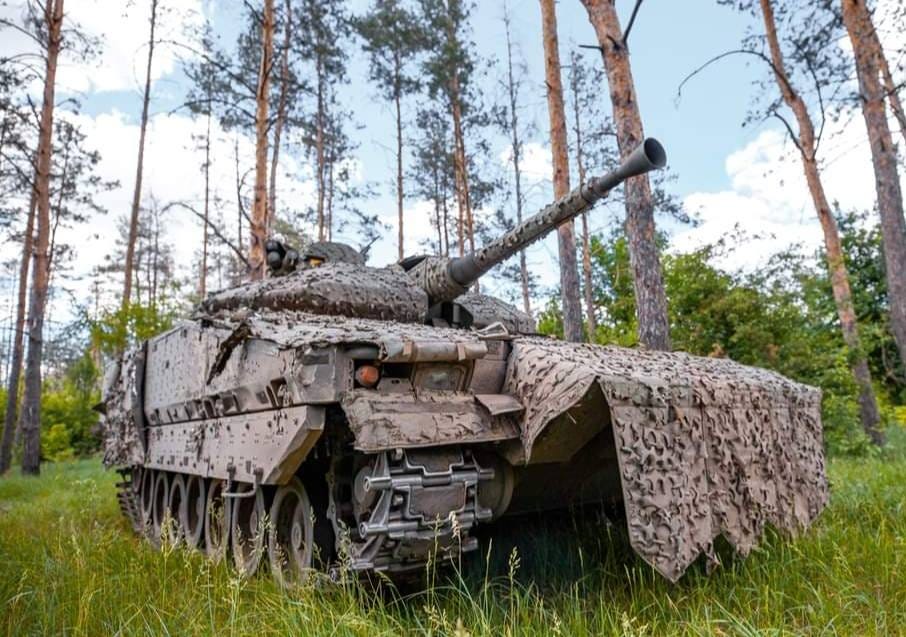

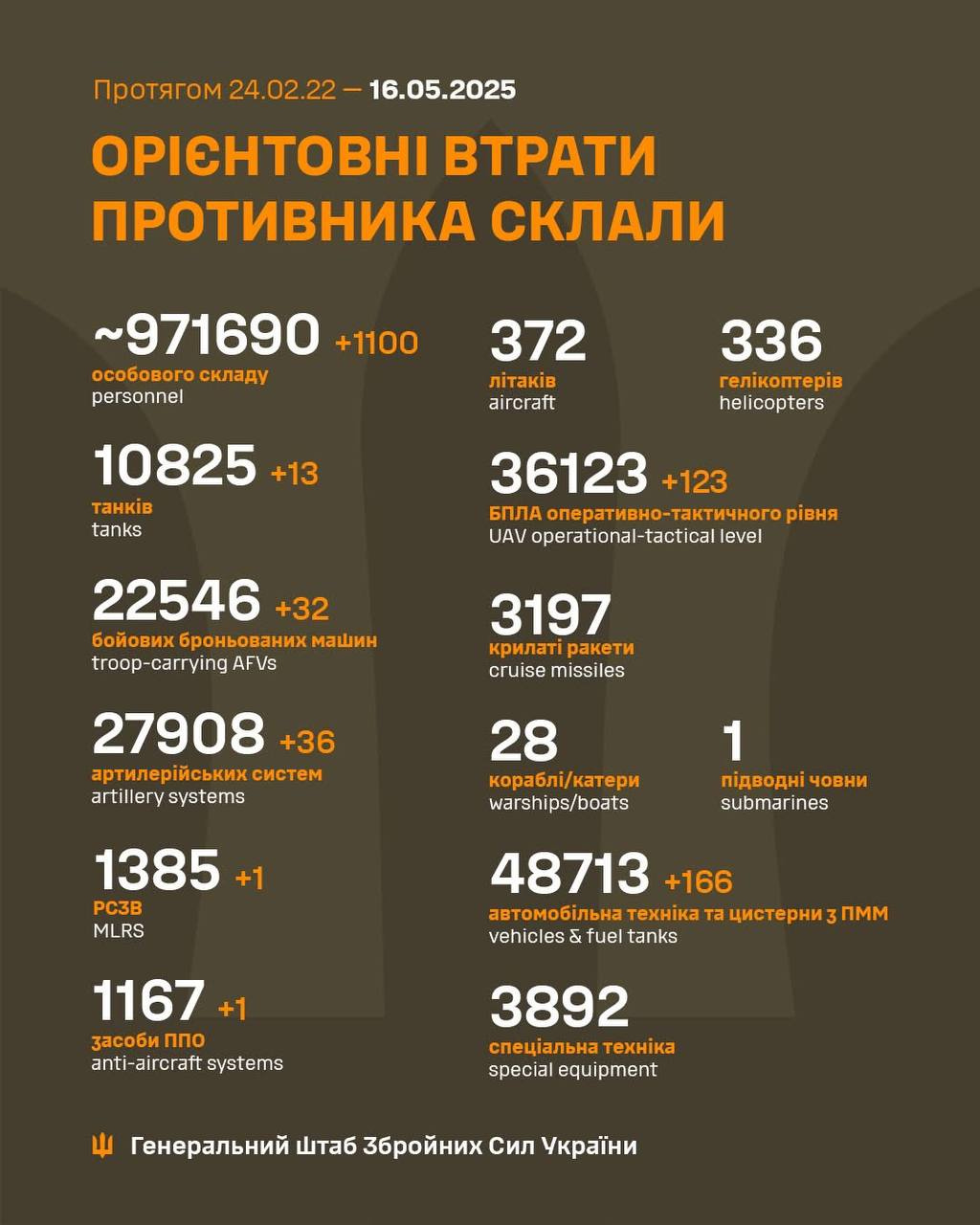
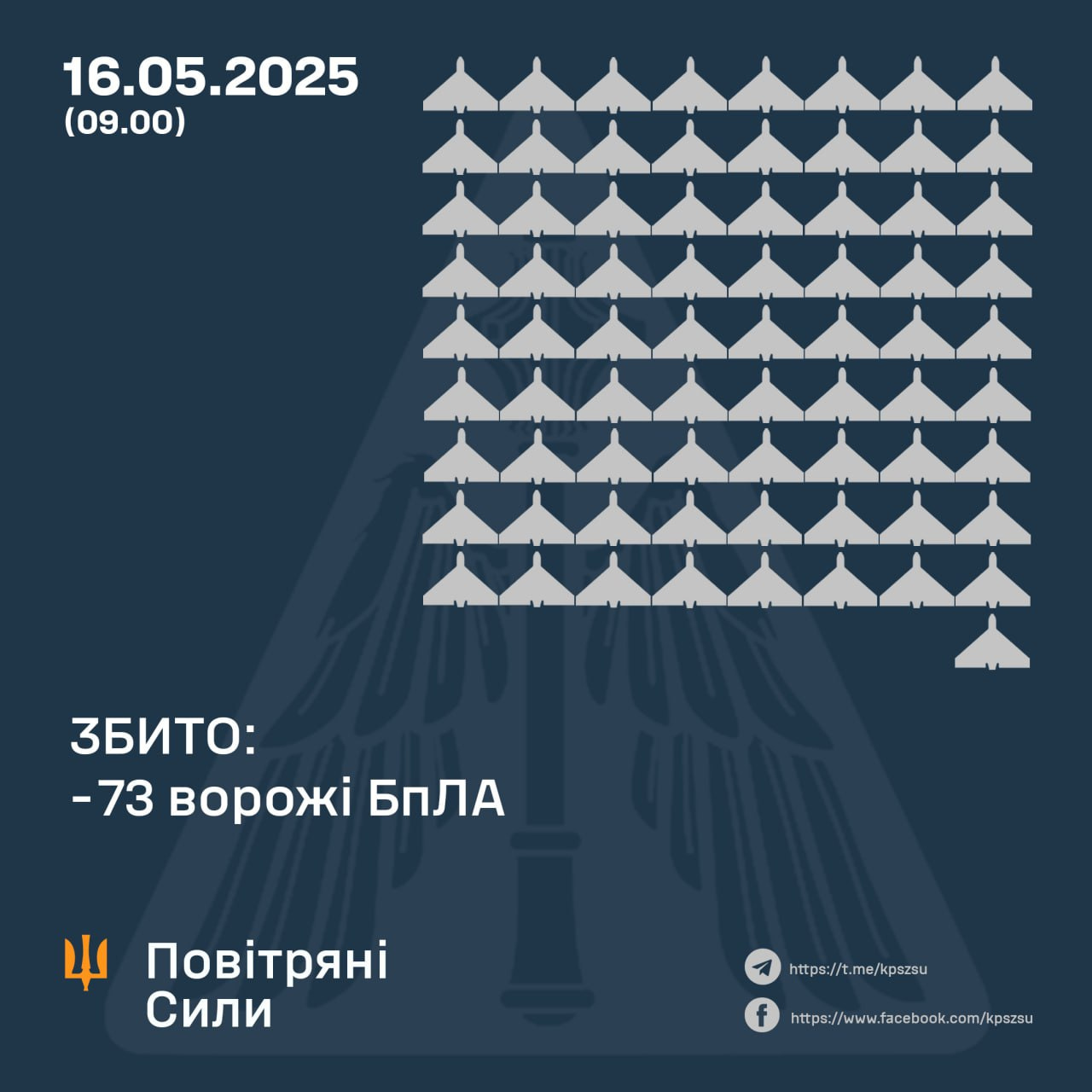

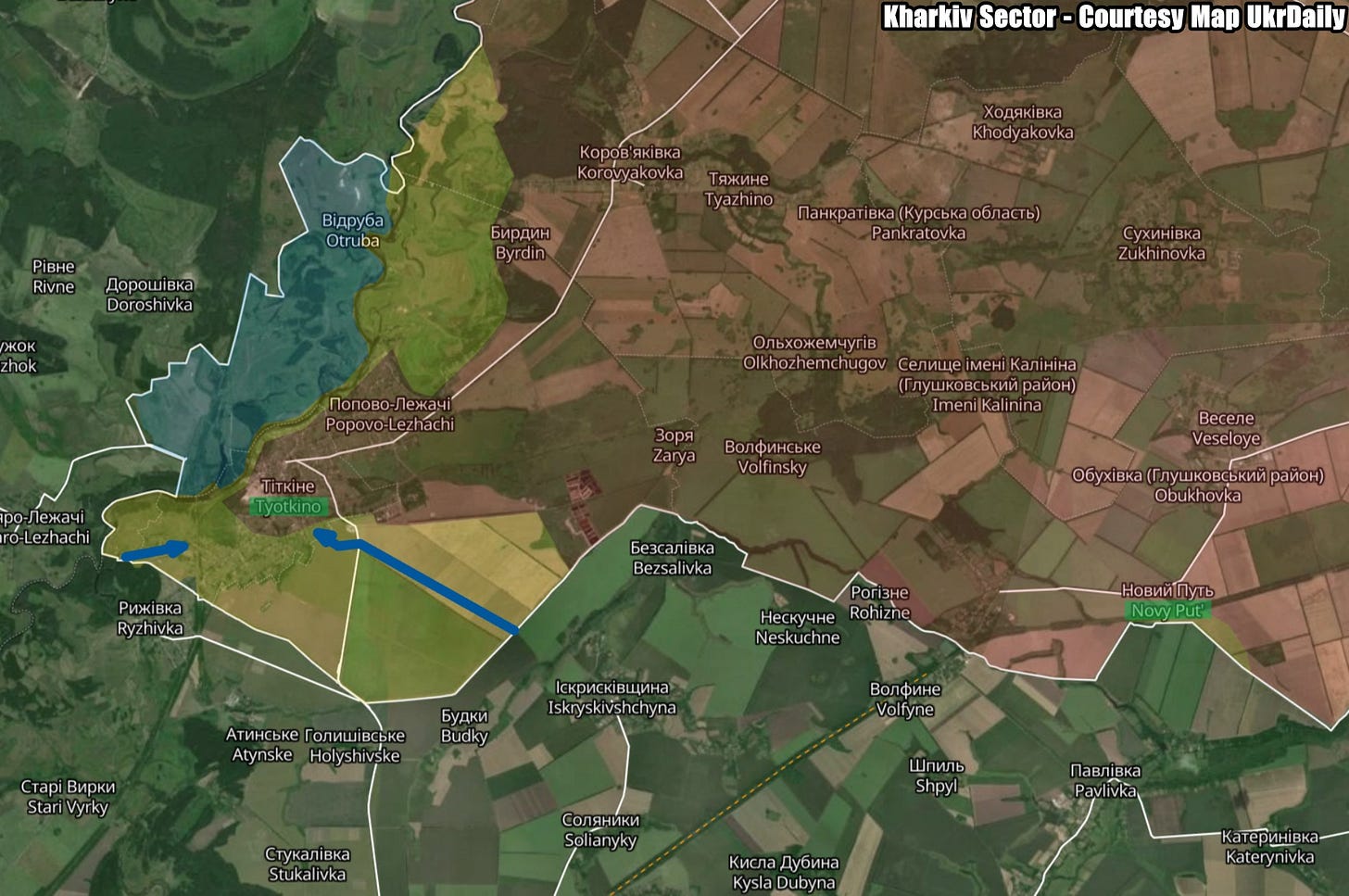

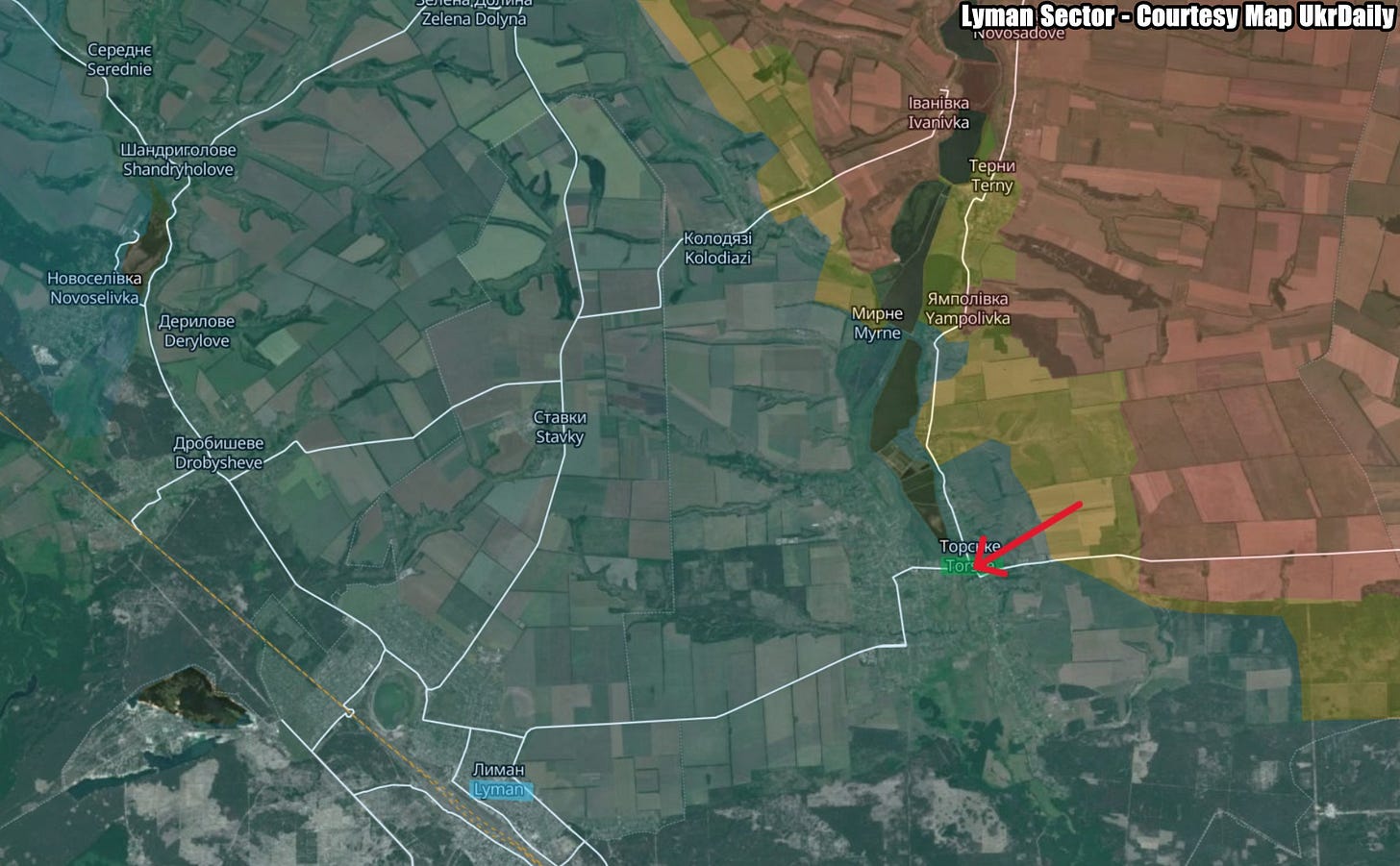

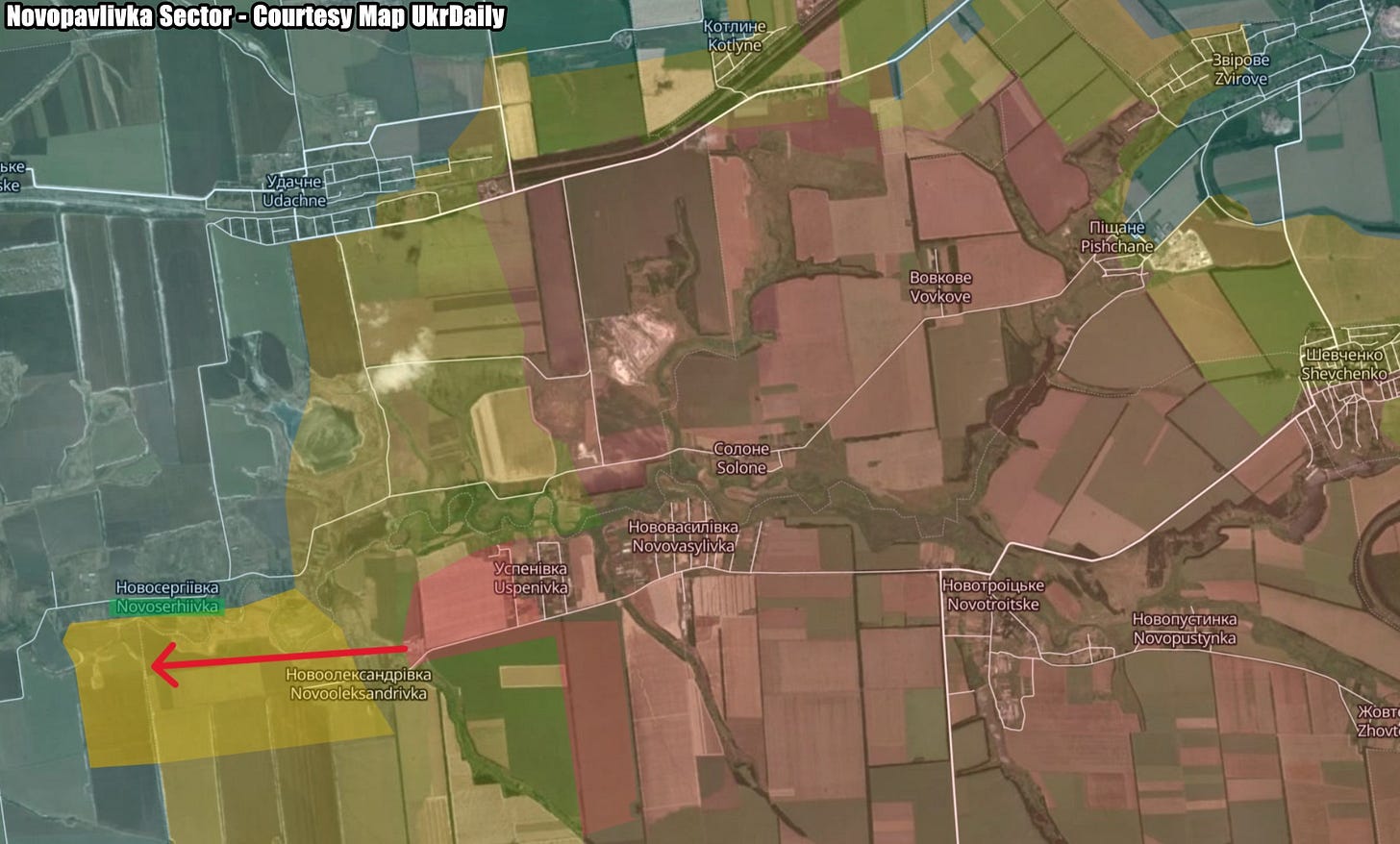

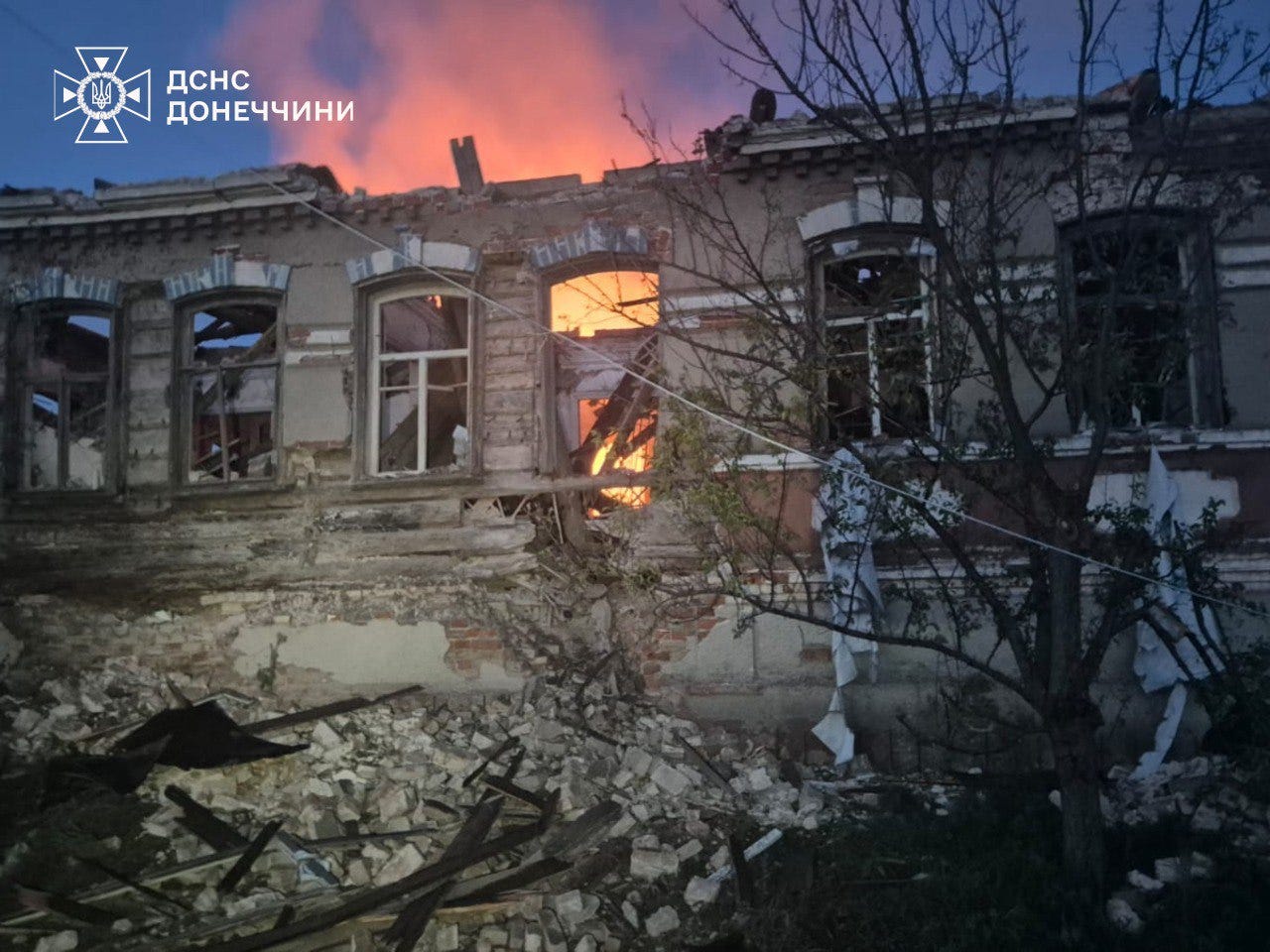
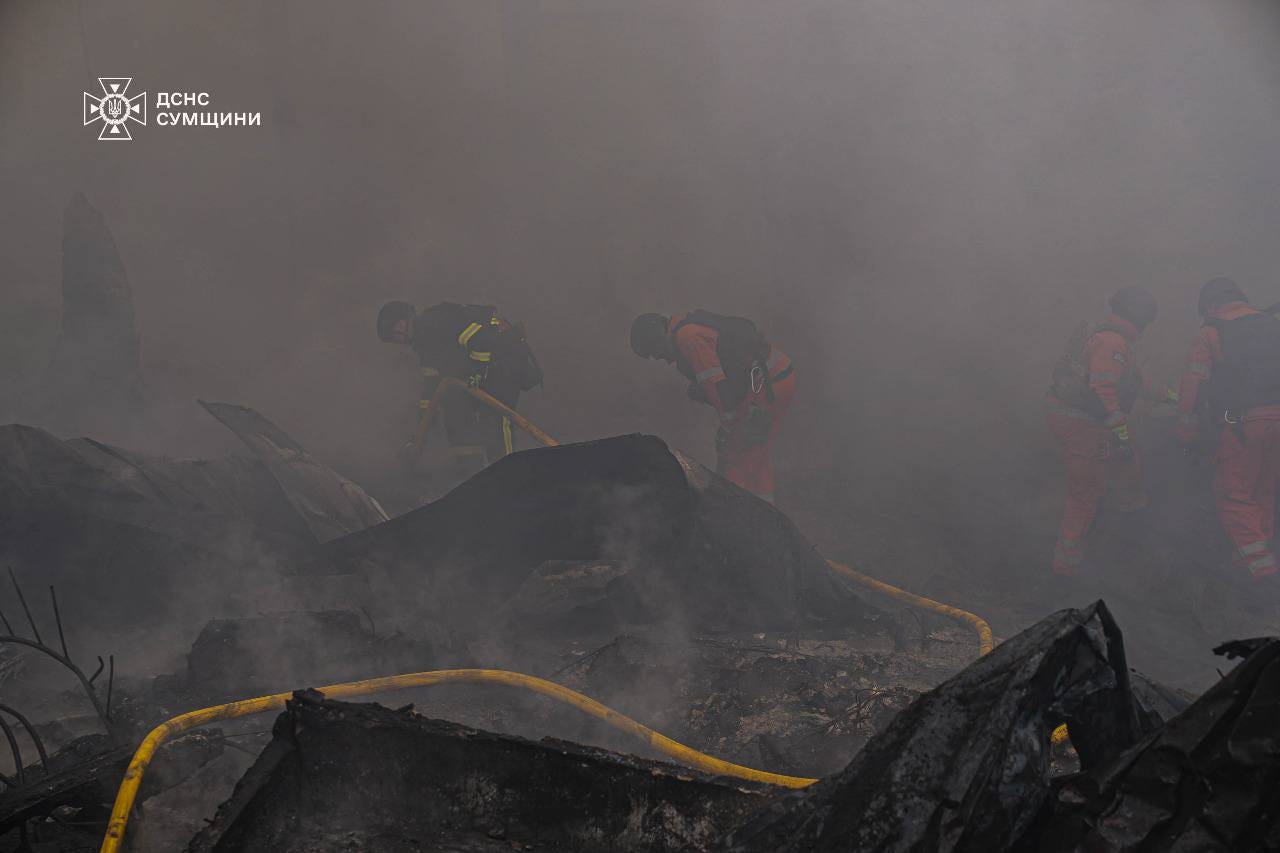

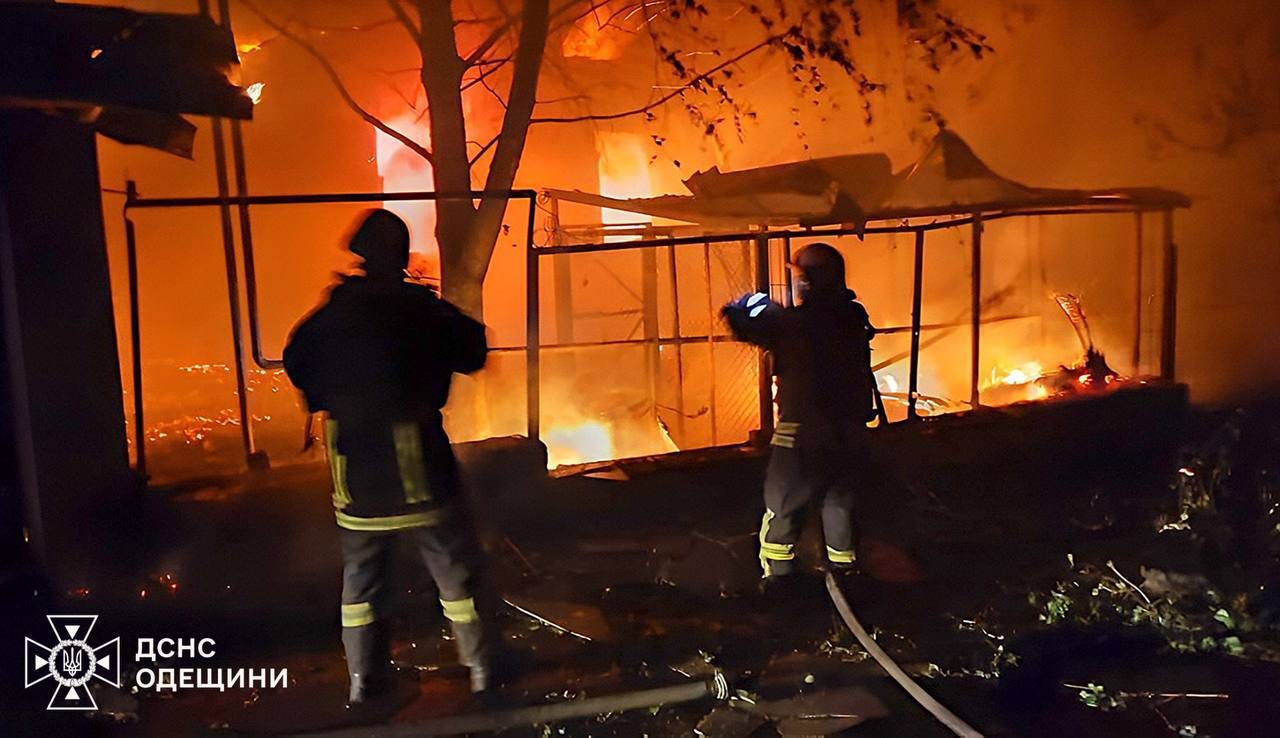


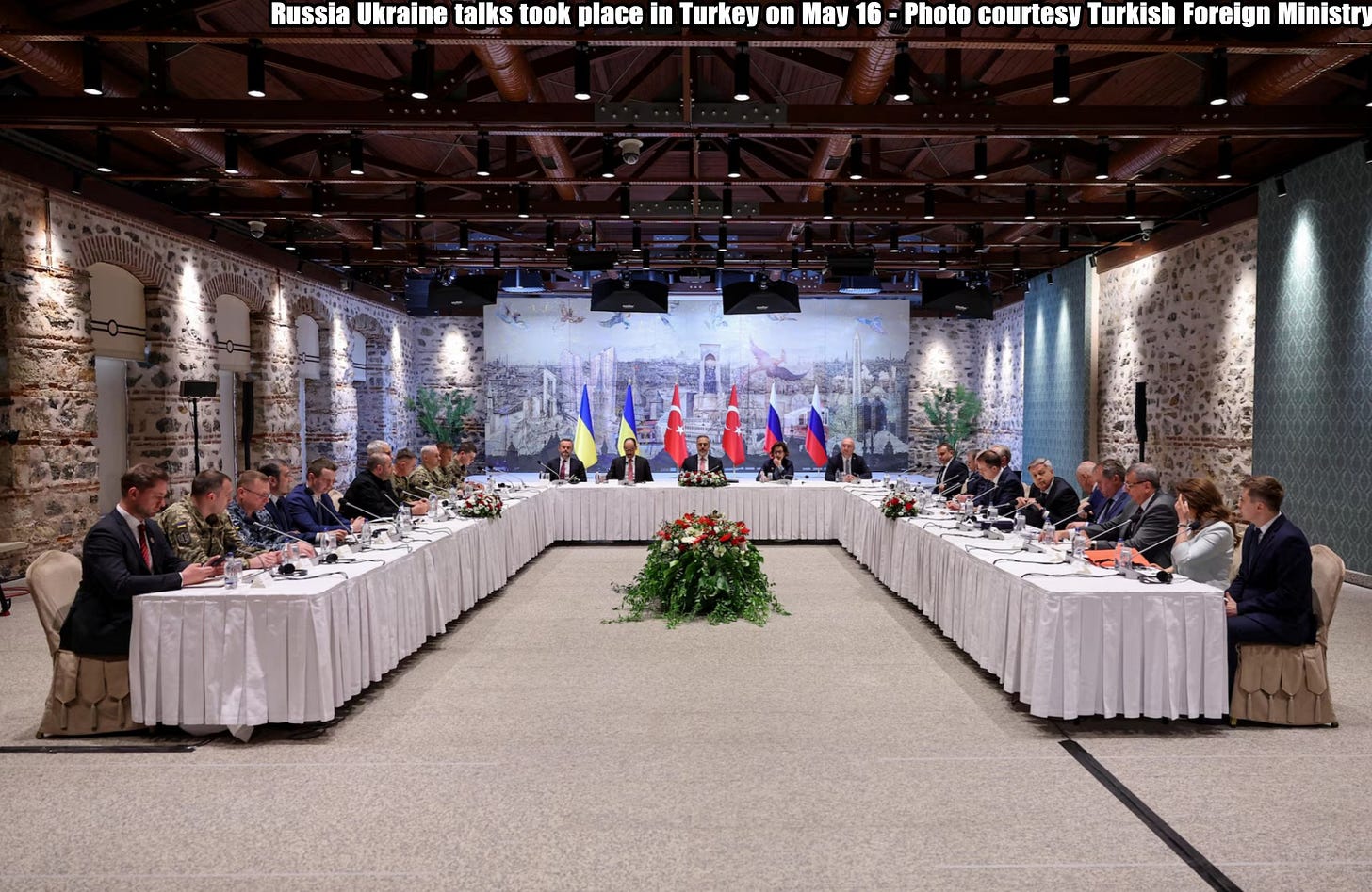
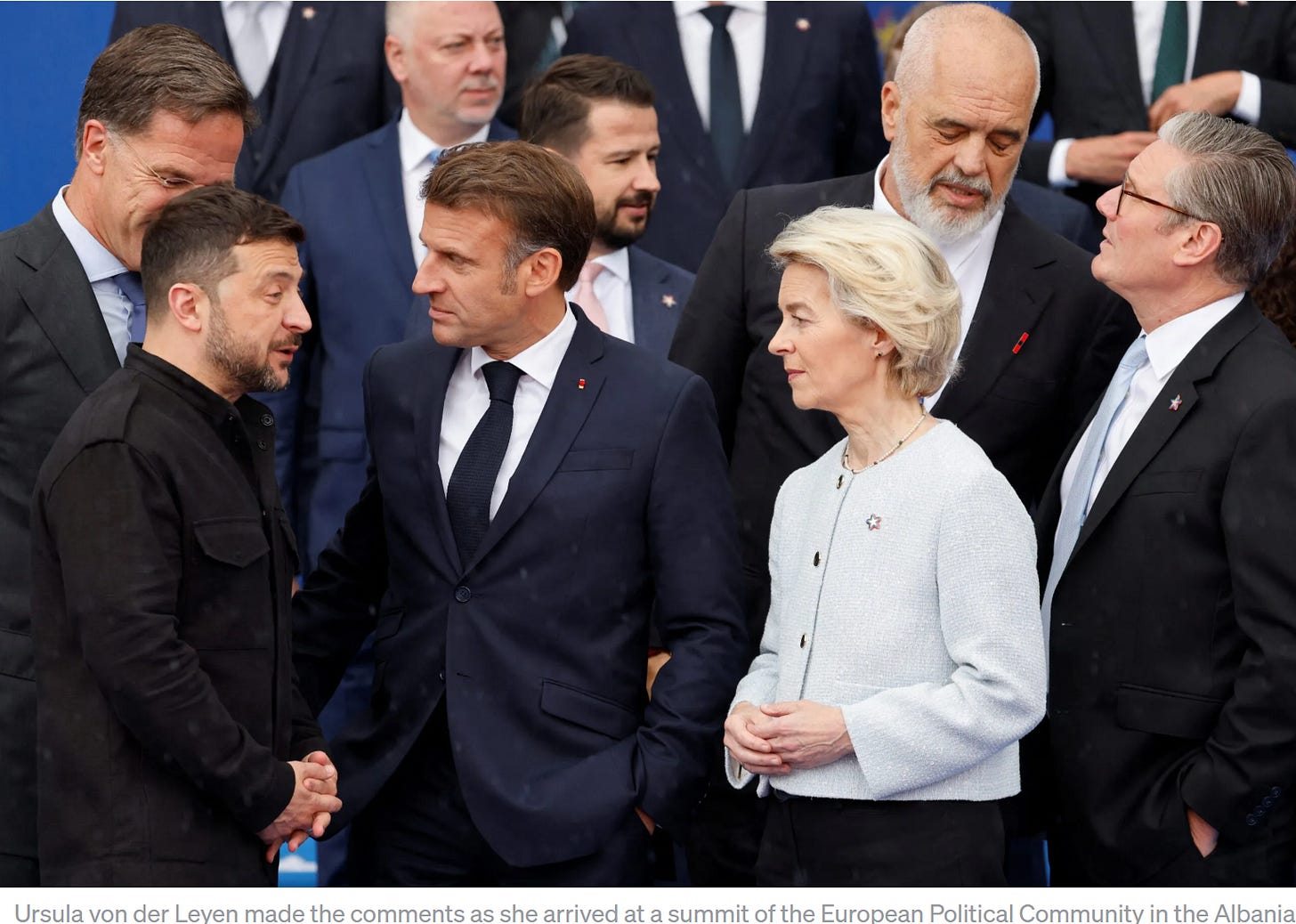
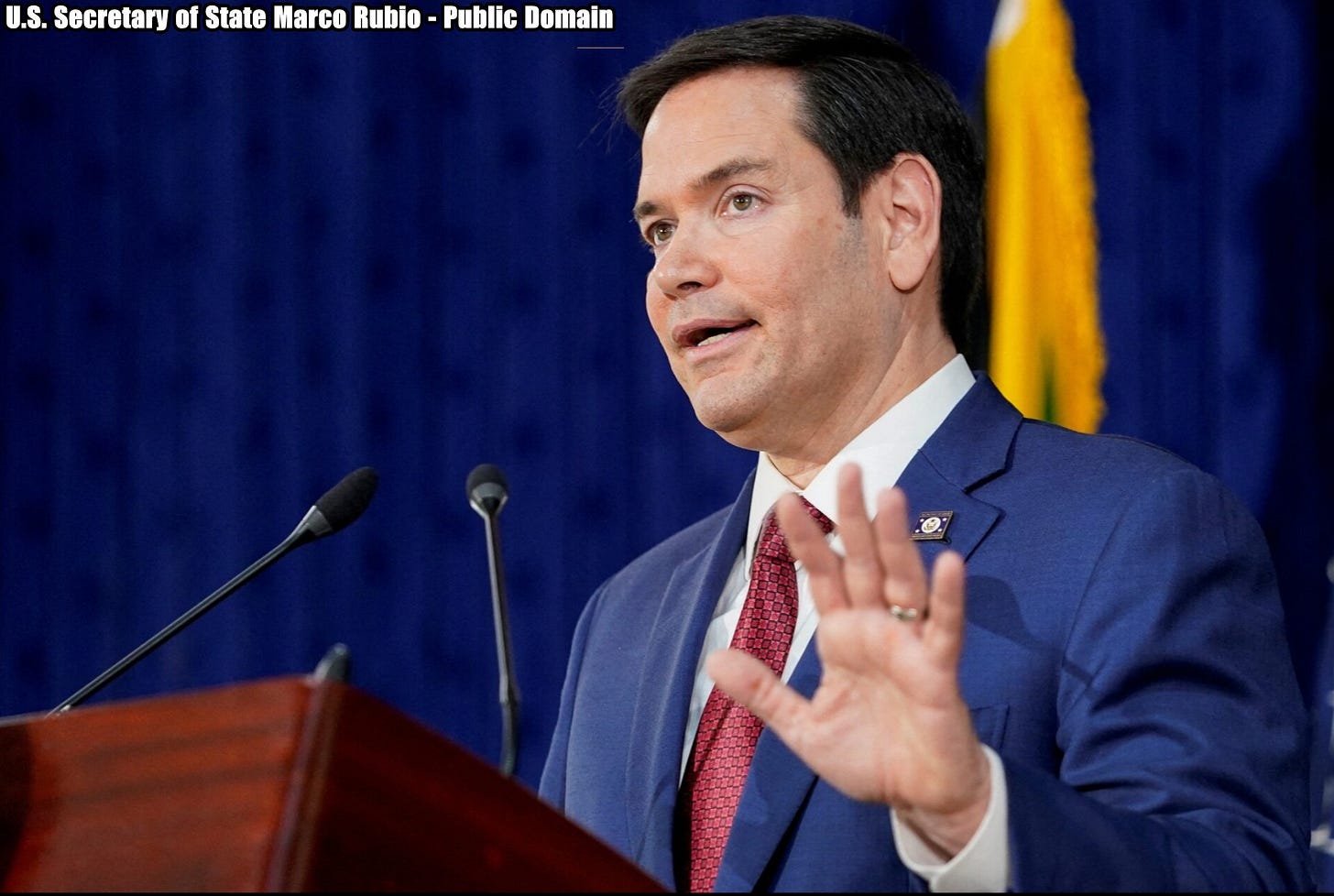




Great summary, Grumpy. The oil price cap moving to $40 will hurt Russia’s antiquated economy. The bellicose demands of the Russians lays out the whole game. They will continue fighting, no matter the cost, as long as it takes. Put the screws in now before they become more expensive later.